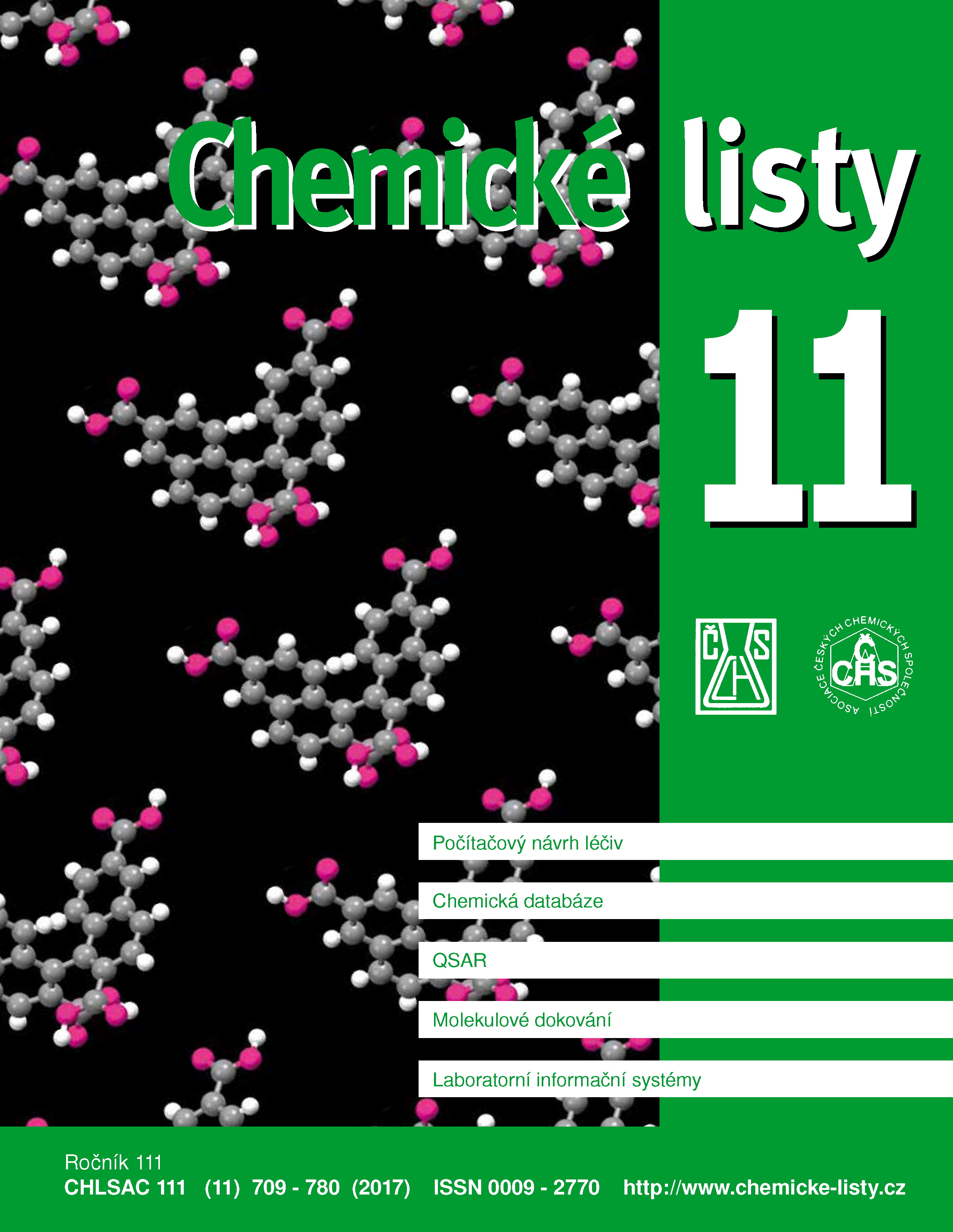QSAR – Modelování kvantitativních vztahů mezi strukturou a aktivitou chemických látek
Klíčová slova:
QSAR, modelování biologické aktivity, vytěžování znalostí z dat, virtuální screening, oblast použitelnosti, konformní predikceAbstrakt
Quantitative structure–activity relationship (QSAR) modelling is one of the most popular techniques of virtual screening used to predict the activity of a compound toward a biological target. While QSAR classification models are able to predict whether a compound is active or inactive (class) toward a target, regression models try to predict its exact activity value. To find the relationship between the structure and activity of a compound, common machine learning methods are employed (e.g., Support Vector Machines, Random Forest, Neural Networks etc.) together with diverse types of compound descriptors (e.g., physico-chemical properties, structural keys, binary fingerprints etc.). QSAR models are generally very fast and, when a correct approach to their validation and applicability domain setting is used, also reliable. They became a common part of computational drug design workflows employed to detect new drug candidates, elucidate their side/adverse effects or assess their potential toxicity risks.





